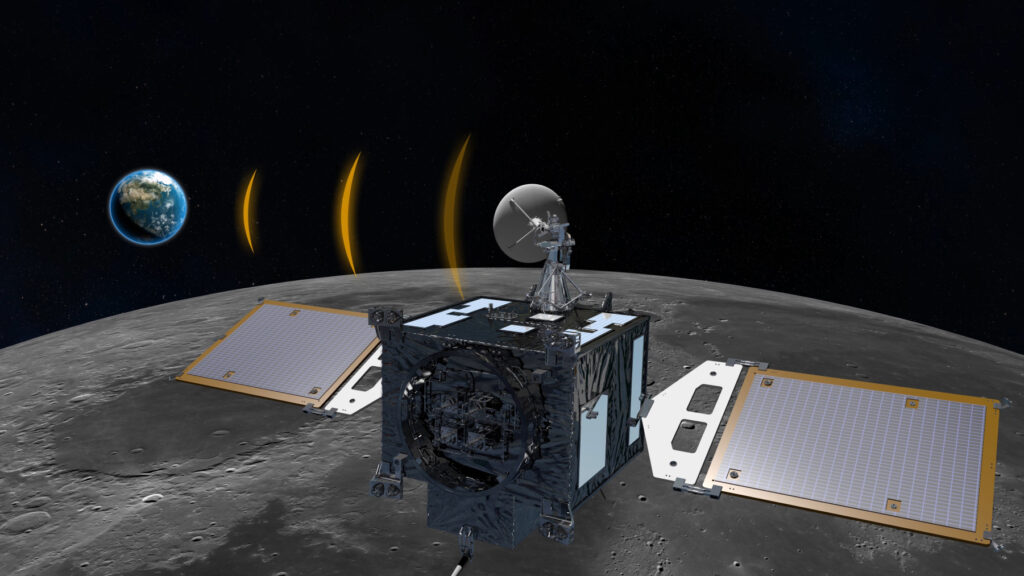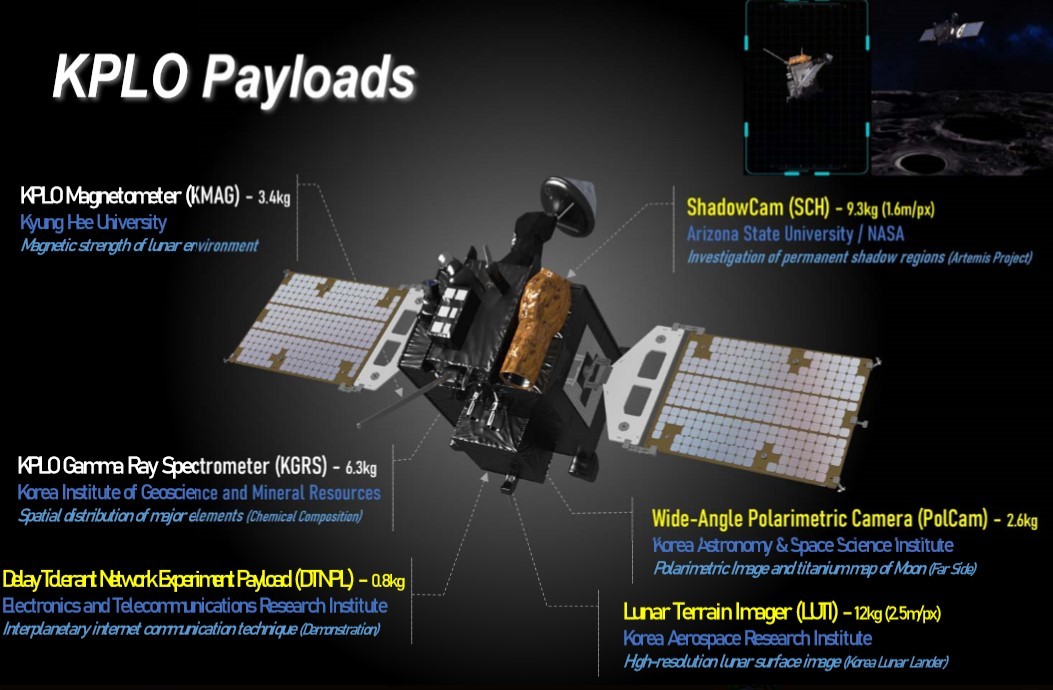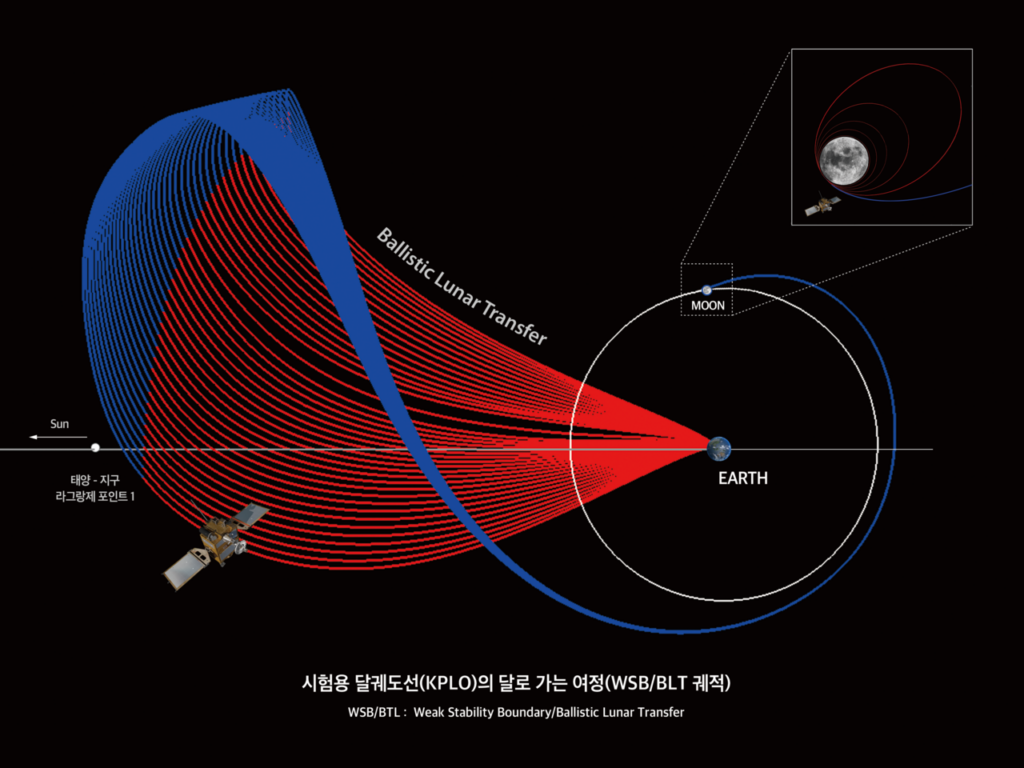In June of this year, South Korea celebrated an important achievement by successfully launching an orbital launch vehicle of its own production Nuri. Now the country is preparing to take the next step and send its first interplanetary mission “Danuri” into space.
Objectives of the Danuri mission
The development of the project of the first South Korean interplanetary mission began in the middle of the last decade. Its target is the Moon. Initially, the mission was designated KPLO (Korea Pathfinder Lunar Orbiter), but recently received its own name “Danuri”, which can be translated as “enjoy the Moon”.

“Danuri” will have to enter a 100-kilometer selenocentric orbit and study the moon of our planet for a year. In addition to performing scientific tasks, the device is also tasked with demonstrating the readiness of South Korea to carry out missions in interplanetary space. The success of “Danuri” will allow the country to proceed to the next stage of its lunar program, involving the landing of a rover.
Technical system “Danuri”
When folded, “Danuri” is a cube with a face length of 2 meters. The weight of the device, including fuel, is 678 kg. Its scientific filling consists of six scientific instruments. Five of them were built by the Korean Aerospace Research Agency (KARI) and the sixth was provided by NASA. The scientific filling of the probe consists of:
- A LUTI camera capable of shooting with a resolution of up to 5 m per pixel. The main purpose of the device is to survey the likely landing sites of future South Korean missions and other objects.
- PolCam wide-angle polarimetric camera designed to study the composition of the Moon’s surface and its volcanic deposits.
- KMAG magnetometer.
- KGRS gamma spectrometer. It is designed to map the location of lunar resources (rare elements, metals, helium, etc.)
- DTNP is a space communication experiment based on fault-tolerant network technology. It is curious that among the information that “Danuri” will try to transmit to Earth, there will be a clip of the BTS group.
- ShadowCam is a camera provided by NASA that will try to photograph the eternally shadowed lunar craters at the bottom of which ice deposits are believed to be located.
Danuri flight plan
A Falcon 9 rocket will be used to launch Danuri. Initially, it was assumed that the device would be launched into near-Earth orbit, after which it would conduct a series of maneuvers that would gradually increase its apogee and eventually allow it to enter a selenocentric orbit.

However, after being included in the ShadowCam mission, the mass of the “Danuri” has grown noticeably. This required more fuel consumption to reach the Moon, which meant a shorter mission duration.
Therefore, the mission management decided to change the flight plan and launch the Danuri on a ballistic transition trajectory. Because of this, the device will take 4.5 months to enter orbit around the Moon, but it will save 25% of fuel.

Currently, the launch of “Danuri” is scheduled for August 4, entry into a selenocentric orbit — on December 16, 2022.
Follow us on Twitter to get the most interesting space news in time
https://twitter.com/ust_magazine

